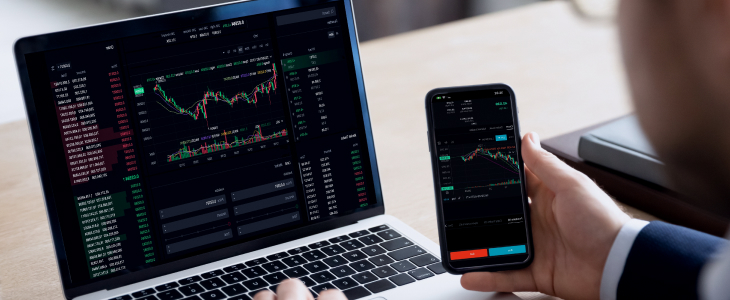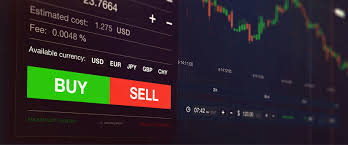Understanding Forex Futures Trading Techniques and Strategies

Understanding Forex Futures Trading: Techniques and Strategies
Forex futures trading stands as a vital component of the global financial markets, offering traders a unique approach to speculate on currency movements. It combines elements of traditional forex trading with futures contracts, allowing participants to lock in prices for currency pairs for future delivery. To fully understand this intricate trading landscape, it is essential to grasp key concepts, strategies, and market dynamics. For a comprehensive guide, visit forex futures trading islamic-fxtrading.com.
What are Forex Futures?
Forex futures are standardized contracts traded on exchanges to buy or sell a specified amount of a currency at a predetermined price on a future date. Unlike spot forex trading, where transactions are executed immediately, futures contracts involve a future commitment. This aspect allows investors to hedge against volatility in currency prices or speculate on future currency movements.
How Forex Futures Work
To engage in forex futures trading, an investor must first understand how these contracts work. Each futures contract specifies the currency pair, the contract size, and the expiration date. For example, a futures contract for EUR/USD may specify a trade of 100,000 euros at a certain price that expires in three months. As the expiration date approaches, the price of the contract may fluctuate based on market conditions, offering opportunities for profit or loss.
The Advantages of Trading Forex Futures
- Leverage: Forex futures allow traders to control large positions with a relatively small amount of capital. This leverage can amplify profits but also increases the risk of losses.
- Liquidity: The forex futures market is known for its high liquidity, which means that traders can enter and exit positions quickly without significant price fluctuations.
- Standardization: Futures contracts are standardized, offering consistency in trading and execution.
- Hedging: Traders can use futures to hedge against adverse currency movements, protecting their investments from unforeseen market changes.

Market Participants
The forex futures market comprises various participants, including retail traders, institutional investors, banks, and corporations. Retail traders often seek to profit from short-term price movements, while institutions may use futures for hedging or arbitrage strategies. Understanding the motives of market participants can provide valuable insights into price movements and trends.
Strategies for Successful Forex Futures Trading
Developing a successful trading strategy is critical in the forex futures market. Here are some commonly used strategies:
1. Trend Following
Trend following involves identifying ongoing market trends and making trades in the direction of those trends. Traders use technical analysis tools like moving averages and trend lines to confirm the trend and execute trades accordingly.
2. Range Trading
Range trading is based on the principle that price often moves within a specific range over time. Traders identify support and resistance levels and make trades when the price approaches these levels, betting that the price will bounce back within the established range.

3. Breakout Trading
In breakout trading, traders look for key levels of support or resistance that, when broken, indicate a potential price move. Successful breakouts can signal significant trading opportunities, as they often lead to strong momentum in the direction of the breakout.
4. News Trading
Economic news and data releases can significantly impact currency prices. News traders capitalize on these events by anticipating market reactions to news releases. It’s crucial to stay informed about economic calendars and major news announcements that could affect the forex markets.
Risk Management in Forex Futures Trading
Managing risk is essential for success in forex futures trading. Here are some key principles:
- Set Stop-Loss Orders: A stop-loss order is an essential tool to limit potential losses. Traders should determine their risk tolerance and set stop-loss orders accordingly.
- Diversification: Avoid putting all capital into a single trade or currency pair. Diversifying trades helps mitigate risk.
- Position Sizing: Use appropriate position sizing based on account size and risk tolerance. This practice ensures that no single trade can lead to substantial losses.
- Emotional Discipline: Trading can evoke strong emotions that may lead to impulsive decisions. Maintaining discipline and sticking to a trading plan is crucial for long-term success.
Conclusion
Forex futures trading offers an exciting opportunity for traders to engage in the global currency market with unique advantages. Understanding how these contracts work, developing sound strategies, and adhering to robust risk management principles are essential for achieving success in this dynamic landscape. As always, continuous education and staying informed are vital components in the ever-evolving world of forex trading.
